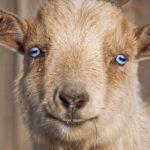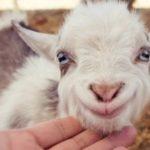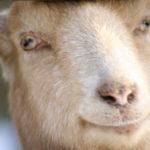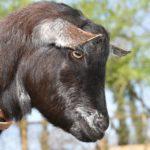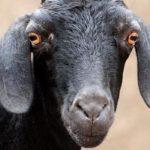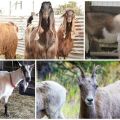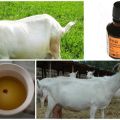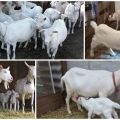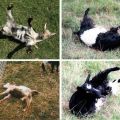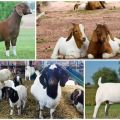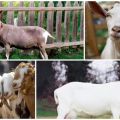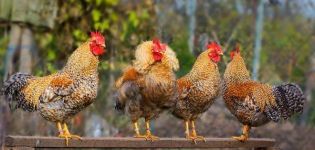The structure and colors of goat eyes, features of the pupils and diseases
The eyes of animals differ in approximately the same structure. At the same time, goats have some peculiarities. The key difference is the shape of the pupil. The goat's eyes are not characterized by the usual round pupil, but a rectangular one. Therefore, they look very unusual. At the same time, not everyone knows why small horned individuals have such a strange structure of the eyeball.
Eye structure
Goats, like other animals, have an organ of visual analysis. It includes a number of elements that form a single chain. Thanks to this, animals can live and function normally in their familiar environment.
The main components of the organ of vision include:
- Eyelid - protects the eyeball from external factors and takes part in moisturizing the scleral surface.
- Brain departments - are involved in the processing of the received information, its transformation into electrical impulses and movement to other areas of the brain.
- The optic nerve is responsible for the transmission of information entering the eyes to specific parts of the brain.
- Bone Frame - Helps to protect and hold eye muscles.
- Musculoskeletal tissues - help to keep the eyeball in the right place and are responsible for its movement.
An unusual look is considered a characteristic feature of goats and goats. It is caused by the irregular rectangular shape of the pupil.
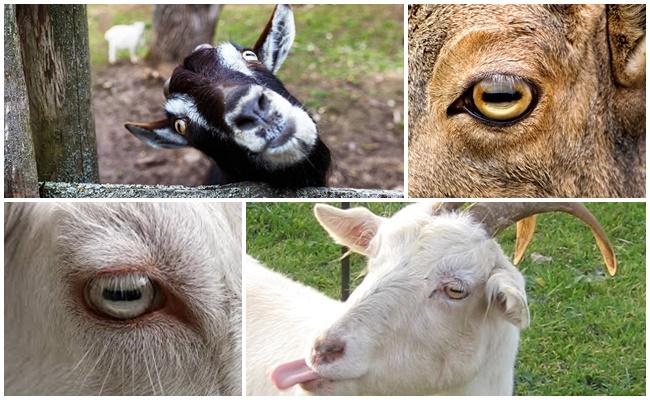
Why does a goat need a pupil of this shape?
The irregular pupils help the goat see 340 degrees without turning the head. This protects the animal from danger. During the day, in bright light conditions, the pupil is greatly constricted. As a result, it looks like 2 horizontal slits. This provides the animal with UV protection. With the arrival of darkness, the pupils dilate. As a result, they take the shape of a regular rectangle. If the room is dark or the goat is scared, the pupils become square.
Thanks to this transformation option, it is possible to adapt the animal's vision to the optimal level of illumination. This allows the goat to see even at night, which makes it possible to spot the predator in time and escape.
It is worth noting that with such an excellent viewing angle and excellent night vision, animals are not able to estimate the distance to objects that surround them. Sometimes the goats can't even tell where to go. This is due to poor development of spatial vision.
The emergence of the shape of the pupils of goats
The pupils of animals have evolved over millions of years. It is assumed that in the beginning they differed in a rounded shape. However, as a result of the constant influence of ultraviolet radiation, these elements began to gradually narrow. Goats lower their heads while eating. That is why their pupils narrowed horizontally.
This shape allows animals to assess their environment without stopping food intake.
After some time, muscles began to appear in the structure of the eyeball. They helped to narrow the pupils to slit-like when exposed to bright sun. Decreasing the light intensity causes these muscles to relax. This allowed the goats to consume food without impairing their visual function. Thus, goat pupils have acquired an unusual appearance over the long years of evolution.
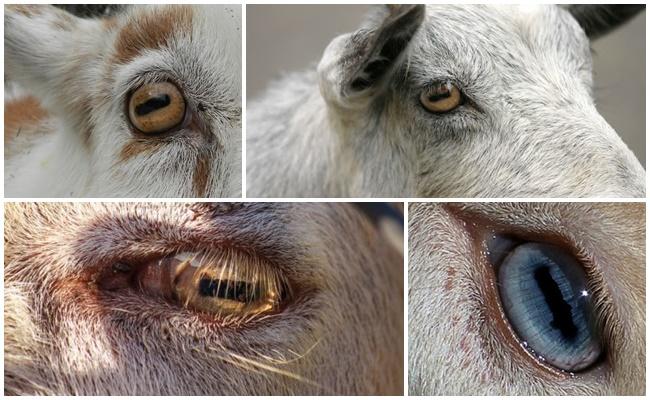
Pros and cons
Unusual horizontal pupils give animals unique visual abilities. At the same time, there are some disadvantages characteristic of such a structure of the organ of vision. The key advantage of such a structure is a high degree of visibility. In the wild, animals see all the dangers, which helps them defend themselves from predators.
Due to their individual characteristics, goats should spend most of the day in pasture. Thanks to the unique structure of the eyes, they are able to keep the horizon under control without lifting their heads from the feed. When a danger appears, the goat warns the rest of the herd about this. Thanks to good eyesight, animals are able to see in the dark and survive in non-standard conditions.
At the same time, some disadvantages are characteristic of the non-standard shape of the pupils. Due to the wide viewing angle, goats are deprived of spatial vision. They find it difficult to estimate the size of objects or the distance to them. Therefore, goats are considered very shy. They try to leave the danger zone in advance.

Eye color
Usually, the iris of goats has a yellow tint. It differs in varying degrees of intensity. Pets with light brown eyes are also common. Blue-eyed animals are extremely rare. As a rule, they are distinguished by a white coat.
Diseases
Eye pathologies are the result of damage to internal organs or systems. In some cases, it is possible to diagnose by the appearance of the eyes. So, yellowing of the sclera indicates diseases of the liver or gallbladder. Redness or the appearance of a mesh of blood vessels on proteins is often associated with internal inflammation in the body.
In this case, conjunctivitis is considered the most common pathology in goats. With such a disease, hyperemia, inflammation, and excessive lacrimation are observed. External factors that cause the development of pathology include:
- mechanical damage to the outer part of the organ of vision;
- contact with foreign objects on mucous membranes;
- exposure to drafts or cold air;
- the development of infections or infection with pathogenic bacteria.
Among the internal factors that cause conjunctivitis, viral diseases are distinguished. When a disease appears, it is recommended to immediately take action to eliminate the symptoms and causes. In this case, immediate veterinary advice is required.
The eyes of goats have a non-standard structure. The main distinguishing feature of the organ of vision of animals is the rectangular pupil. It performs specific functions and helps pets to protect themselves in case of danger.


